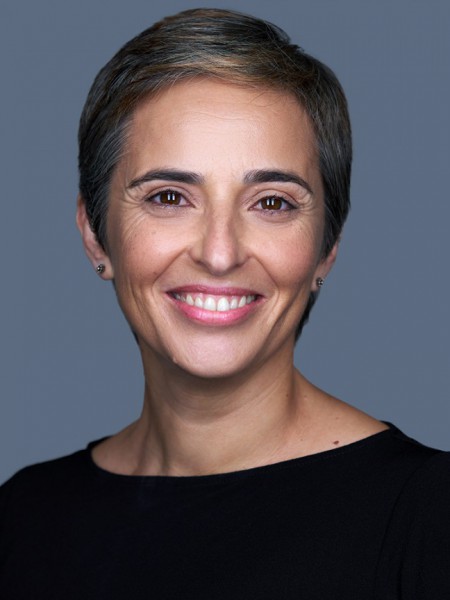abstract
Increasing emissions of Platinum-Group Elements (PGE) into marine environments may negatively impact ecosystems services and organisms wellbeing. Removing PGE from contaminated systems using efficient and lowcost technologies can therefore provide a sustainable solution to aquatic systems remediation. Previous studies highlight algae's high binding ability to metals in solution. Assessing the viability of various algae species to remove PGE from contaminated solutions, while identifying differences in performance among algae and among elements, was the purpose of this study. For this, six macroalgae species (Ulva lactuca, Ulva intestinalis, Fucus spiralis, Fucus vesiculosus, Osmundea pinnatifida and Gracilaria sp., 3 g L-1) were exposed to PGE (Palladium, Rhodium, Ruthenium, Iridium and Platinum)-spiked seawater (10 and 500 mu g L-1) for 72 h. Removal rates varied with time and among macroalgae and elements. Palladium was easily removed by all species (up to 83 %), while other PGE showed lower affinity to macroalgae. Removal sequence was Pd > Rh > Ru > Ir > Pt. Initial concentration rise induced faster and higher removal. U. lactuca performed best for all elements, while brown macroalgae were the less effective. Macroalgae external area and chemical composition were considered major factors influencing sorption, although each element and macroalgae should be examined individually. Results evidence living macroalgae (particularly U. lactuca) as a promising alternative to remediate PGE contaminated waters.yy
subject category
Engineering, Environmental; Engineering, Chemical
authors
Pinto, J; Lopes, CB; Henriques, B; Couto, AF; Ferreira, N; Carvalho, L; Costa, M; Torres, JMP; Vale, C; Pereira, E
our authors
acknowledgements
Bruno Henriques and Claudia B. Lopes benefited from a Research position funded by national funds (OE), through FCT -Fundacao para a Ciencia e a Tecnologia, I.P., in the scope of the framework contract foreseen in the numbers 4, 5 and 6 of the article 23, of the Decree-Law 57/2016, of August 29, changed by Law 57/2017, of July 19. Joao Pinto benefited from a PhD grant funded by FCT (2020.05323.BD). This work has been supported by the project No46998_N9ve-REE co-funded by Portugal 2020 program (PT2020), PO Centro, and European Structural and Investment Funds. Thanks are also due to the financial support to REQUIMTE, Portugal, CESAM, Portugal, CICECO, Portugal and CIIMAR, Portugal (UIDB/50006/2020, UIDB/50017/2020 + UIDP/50017/2020, UIDB/50011/2020 + UIDP/50011/2020, UID/Multi/04423/2019, respectively), by FCT/MEC through national funds, and the co-funding by the FEDER, within the PT2020 Partnership Agreement and Compete 2020, and to N9VE -Nature, Ocean and Value, Lda, for its cooperation in this work.


